I grew up in the dawn of the internet era.
I remember being around 12 years old and sitting at my grandparents’ monster-sized IBM, logging in to CompuServe for the first time. They were the first people I knew who had The Internet (which was very much a “capital I” sort of thing back then), and it felt like the future. They told me I was allowed to try out a text-based online game (a MUD, if you speak nerd) called “British Legends,” for which they were charged a whopping $12.95 an hour. I played for nearly an hour and a half.
Basically, you were given text prompts with short descriptions of the area you were in, and you typed back an interaction or direction. “North” or “Pick up book” or “Examine door.” It was a lot like Zork or Colossal Cave or The Hitchhiker’s Guide to the Galaxy game (all of which I was a big fan of at the time), except for one crucial difference:
There were other people there, too.
Real people. People who were sitting at their keyboards at their own computers literally anywhere in the world and who were playing the same game as me at that exact moment.
Naturally, the second another player walked into the room with me, I froze.
During my illustrious hour-and-a-half career in British Legends, I didn’t speak to another player, and I don’t believe any spoke to me. I do vaguely recall following someone around for two or three minutes, enamored with the idea that this was a real person exploring ahead of me. They were just a line of text — “Jimbo475 is here” — but that was the turning point for me. The Internet was full of people, and I wanted to meet them.
Of course, the knowledge that I, a 12-year-old child, was encountering other human beings online resulted in a few Very Serious Talks with my parents about Internet Safety. Because, as they explained to me, people online could be anyone. Stranger danger, gone global.
I never played British Legends again — way too expensive, and I couldn’t hog the phone line forever — but that was just the beginning of my history of meeting strangers online.
I spent some time in chat rooms in the ‘90s, mostly just watching other people have conversations (hi there, introvert). I’ve played more games than I’ll admit, including another MUD — free this time — where I logged a not-low-triple-digit number of hours in college. Social media has removed the game aspect from most of my interactions these days, but I’ll admit I do sometimes wish I had to explore the dark forest to see what those not-really-friends from high school are up to.
Some of the people I’ve met online have been creeps, of varying degrees. Some may have even been dangerous, but I never suffered more than a few vaguely intrusive (and quickly deleted) emails and private messages. Some of the people I’ve met online have turned out to be some of my dearest friends — online and in the “real world.” Being able to communicate with people all over the world has been absolutely life-changing for me.
But here’s the thing: My parents were absolutely right.
People online could be anyone. And the truth is, no one I’ve ever met online was exactly the person they are in the real world. Including my friends. Including me.
I won’t rehash what we all know about social media. Of course not every brunch I eat looks this good. Of course I took 20 selfies before I posted this one. Of course my kids were fighting 10 seconds after I took this video. If I posted my questionable oatmeal and shiny forehead and screaming children, people would be concerned, when really, it’s all pretty normal.
Every piece of content we put out for the world to read or view or watch or listen to adds to our story. It doesn’t need to be a tell-all — no one expects your About Page to spill all your darkest secrets or your Instagram to be all #nofilter all the time — but it does need to be authentic. You can share just a portion of who you are with the world and keep other parts for yourself without telling a story that’s false. Honestly, we all do it. It’s not a bad thing.
There are parts of my life that I don’t share in my business, not because I’m ashamed of them or want to keep them secret, but because they’re not relevant to the way I choose to interact with my readers and clients and friends. I’m probably a bit softer and more gentle in my online presence when my personality is more analytical and direct, because most of our clients appreciate a softer touch before I really dive in there and get things done for them. The way I speak when I’m writing content for my own blog or website isn’t exactly how I speak, though it’s still very much me — just a bit more polished, a bit sharper, a little clearer, maybe a bit cleverer. My brand voice is not my voice, but it comes from the same place…just a little better.
Of course, there is a world of difference between polishing what we have and presenting a face that isn’t ours at all. Maybe we feel shame or fear about some aspect of ourselves and don’t want to let anyone else see that. Maybe we see something different working for other people and want a taste of their success.
But when we’re telling someone else’s story, we aren’t telling our own. The momentary success we might experience becomes a weight holding us back when we realize that it means we have to keep up the facade forever, that the people who would love to share in what we truly have to offer will never connect with us, because the story we’re telling isn’t the story they need to hear.
The masks we wear are almost guaranteed to slip from time to time. When they show a slightly less polished version of the self we’ve presented, our Right Person is likely to understand — they’ve shared a regrettable selfie or two themselves. But when our masks slip to reveal a completely different face, when the story we’re telling doesn’t match up at all with who we are underneath, there is a dissonance that is going to alienate the people we’ve worked so hard to attract.
So yes, be aware that the people you encounter online may not be exactly who they seem…but realize that behind that warning is a sense of possibility. What story do you want to tell? How can you show up online as your most authentic self, but the very best version of your authentic self? People online can be anyone. Who will you be?
High-quality, consistent, authentic content allows us to tell a story that is rich, engaging, and attractive to our Right Person. It gives us the ability to connect with the people who need what we have to offer and positions us as experts in our field. If you’re struggling with how you show up online — or if you’re doing okay but could use some help polishing your digital presence — check out our Summer School special. Now through June 24th, you can take 15% off any two courses in our classroom, including the upcoming live cohort of Run Your Business Like a Magazine, our popular content strategy course, which begins on June 25th. This time around, we’ll be hosting four live phone calls for you to get answers to all your content strategy questions, so we can connect even more directly. I can’t wait to hear what conversations we’ll have!
In the comments, I’d love to hear:
How do you determine what story you want to tell? Do you feel like your online persona matches who you are offline?
{ 0 comments }
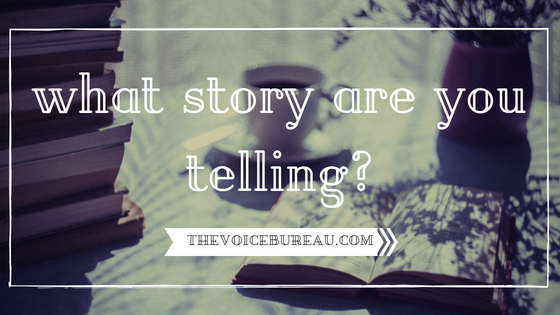
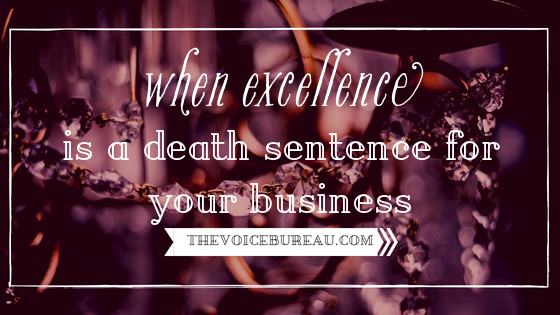
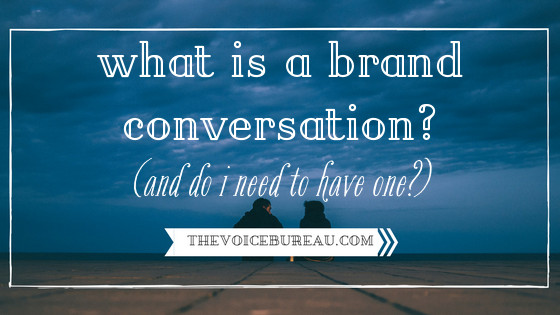
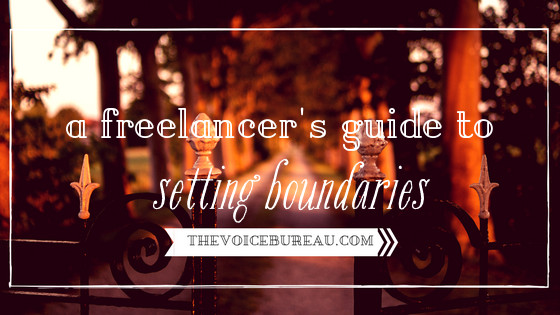
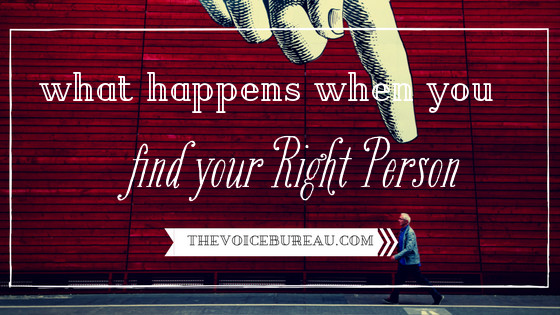 We talk a lot about finding our “Right Person.”
We talk a lot about finding our “Right Person.” Hello, you.
Hello, you.